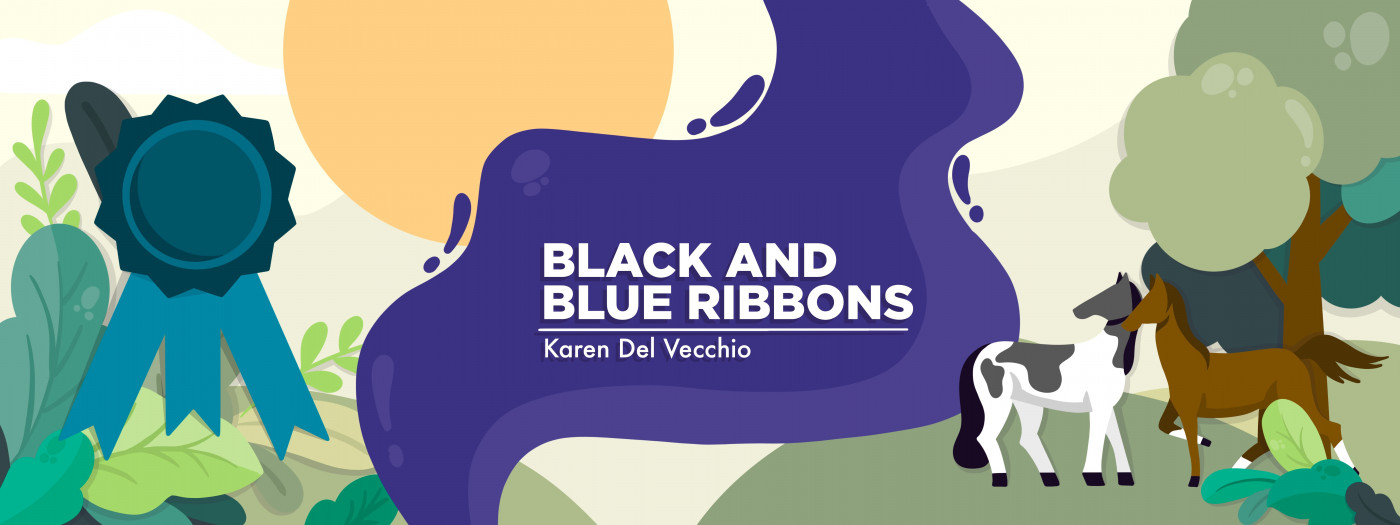How I missed the systemic problems behind my foot pain
Sometimes my stubbornness makes me forget the degree of self-care I need

I’m pretty sure that my extreme stubbornness is one of the ways I persevere in managing my Ehlers-Danlos syndrome, as well as part of the reason I have pain flares. Recently, my life has been crazy busy. I’ve moved and been trying to get all my teacher work finished before winter break, among other tasks. As a result, I kind of put my head down and kept on rolling. (See? Stubborn.) And now I’m paying for it!
I’ve been dealing with some pretty bad foot pain for a while now. I’d thought it was plantar fasciitis, and when I treated it that way, it improved. Then I forgot about it, and when the pain reappeared, it seemed to be connected to my hip. When my hip hurt, my foot hurt, so I assumed that my hip pain was causing me to walk in a way that caused the foot trouble. As a result, I began to focus my efforts on the hip.
Turns out, the reason for my foot pain was likely twofold. It was definitely related to my hip pain, which was changing my gait, but my uneven walking was also tightening my calf and ankle. Tightness there is one of the main drivers of plantar fasciitis pain. But I wasn’t focusing on relaxing the calf muscles, so I was battling only half the problem.
Attacking all parts of the problem
Here’s how I learned to do better.
After a few weeks of pushing through the pain, it got so bad that when I woke up in the morning, I couldn’t walk. Once I got moving, I did all right, but I had to get to that point.
Once, when I’d been sitting for a while at work, I got up to refill my water bottle. That made my limp obvious to one of the school’s athletic trainers, who was sitting nearby. She asked what was wrong.
I told her that I had bad foot pain, which seemed connected to my hip problems. When I told her about my symptoms, she realized that while my hip might be a trigger, I needed to focus on my calf muscles as well or my feet weren’t going to get better. I’d just be calming down one portion of the problem without resolving the entirety of it.
She suggested I gently stretch my calves and use a foam roller on them. She also recommended flexing and straightening my feet before I got out of bed, so they’d be moving before I stood up. Both suggestions helped, and I’m grateful.
With the holidays coming and so much on my plate, I’ve found it easy to push self-care to the bottom of my to-do list. While life is always a balancing act, I need to make taking care of myself a priority while I have a break from school. It’s not always easy to do that, but when I don’t, there’s a result: It takes me a lot longer to put myself back together than it would’ve taken if I’d practiced self-care to begin with.
Note: Ehlers-Danlos News is strictly a news and information website about the disease. It does not provide medical advice, diagnosis, or treatment. This content is not intended to be a substitute for professional medical advice, diagnosis, or treatment. Always seek the advice of your physician or another qualified health provider with any questions you may have regarding a medical condition. Never disregard professional medical advice or delay in seeking it because of something you have read on this website. The opinions expressed in this column are not those of Ehlers-Danlos News or its parent company, Bionews, and are intended to spark discussion about issues pertaining to Ehlers-Danlos.








Kathleen Kidwell Seeley
Going through this right now, and seeing a physical therapist. Weak hip and leg muscles as well as tight calves leading to plantar fasciitis and Achilles tendon pain in the other foot
Patricia Muldoon
I also have heel pain syndrome (which my PT from Austria calls it) / plantar fasciitis (which my physiatrist calls it). I can suggest an easy way to relax the calf. Sit cross legged and rub the tight calf of the upper leg up and down over the opposite knee. I find this is the most effective way to help my foot after sitting for a while. I also flex and move my foot before getting out of bed in the morning. But thus far I'm only able to minimize but not get rid of my heel pain.